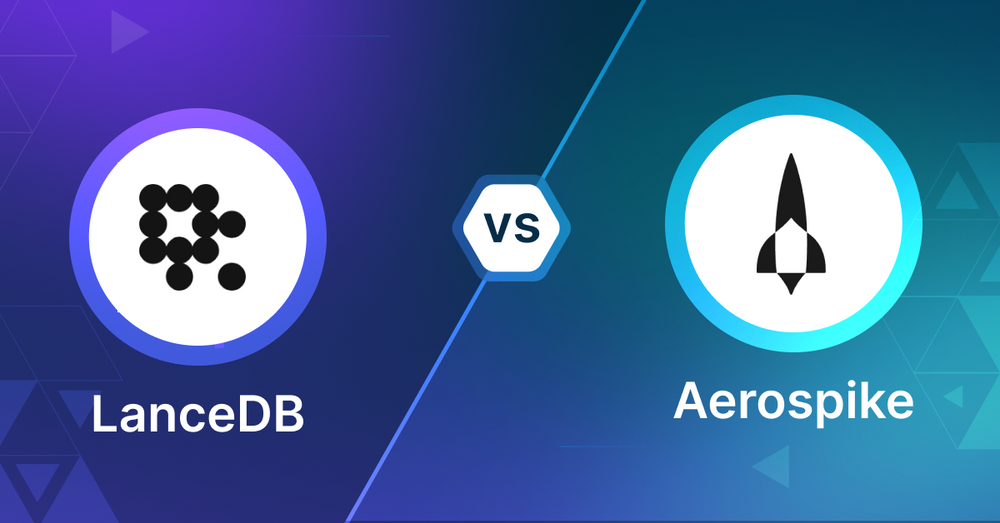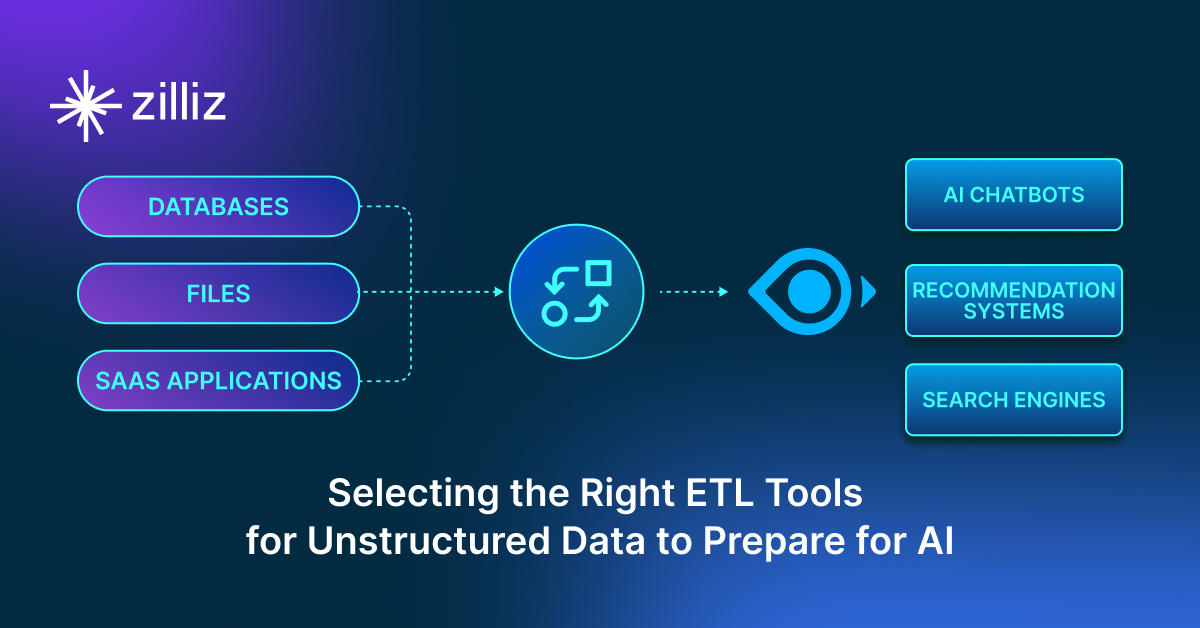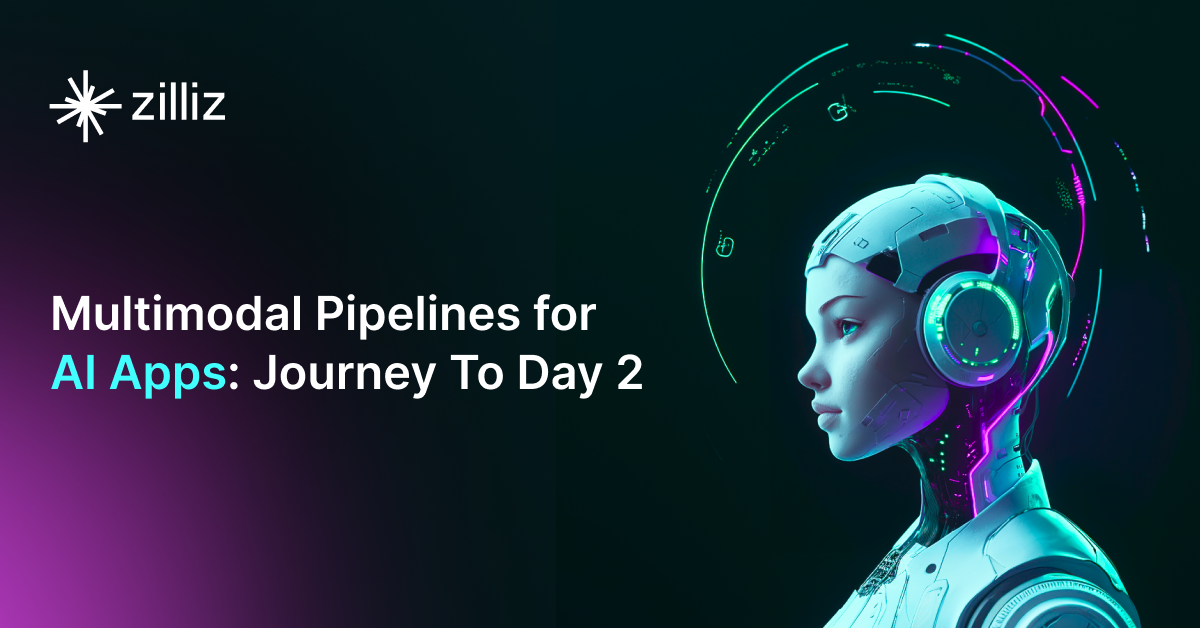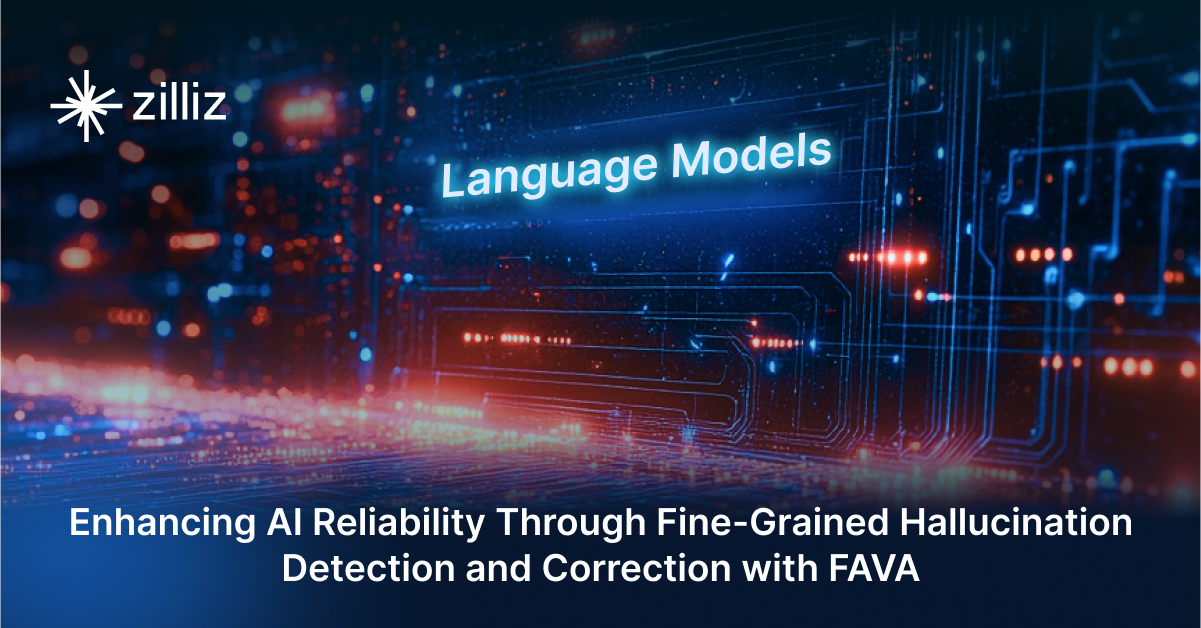LanceDB vs Aerospike Choosing the Right Vector Database for Your AI Apps

What is a Vector Database?
Before we compare LanceDB and Aerospike, let's first explore the concept of vector databases.
A vector database is specifically designed to store and query high-dimensional vectors, which are numerical representations of unstructured data. These vectors encode complex information, such as the semantic meaning of text, the visual features of images, or product attributes. By enabling efficient similarity searches, vector databases play a pivotal role in AI applications, allowing for more advanced data analysis and retrieval.
Common use cases for vector databases include e-commerce product recommendations, content discovery platforms, anomaly detection in cybersecurity, medical image analysis, and natural language processing (NLP) tasks. They also play a crucial role in Retrieval Augmented Generation (RAG), a technique that enhances the performance of large language models (LLMs) by providing external knowledge to reduce issues like AI hallucinations.
There are many types of vector databases available in the market, including:
- Purpose-built vector databases such as Milvus, Zilliz Cloud (fully managed Milvus)
- Vector search libraries such as Faiss and Annoy.
- Lightweight vector databases such as Chroma and Milvus Lite.
- Traditional databases with vector search add-ons capable of performing small-scale vector searches.
LanceDB is a serverless vector database and Aerospike is also a distributed, scalable NoSQL database with vector search as an add-on. This post compares their vector search capabilities.
LanceDB: Overview and Core Technology
LanceDB is an open-source vector database for AI that stores, manages, queries and retrieves embeddings from large-scale multi-modal data. Built on Lance, an open-source columnar data format, LanceDB has easy integration, scalability and cost effectiveness. It can run embedded in existing backends, directly in client applications or as a remote serverless database so it’s versatile for many use cases.
Vector search is at the heart of LanceDB. It supports both exhaustive k-nearest neighbors (kNN) search and approximate nearest neighbor (ANN) search using an IVF_PQ index. This index divides the dataset into partitions and applies product quantization for efficient vector compression. LanceDB also has full-text search and scalar indices to boost search performance across different data types.
LanceDB supports various distance metrics for vector similarity, including Euclidean distance, cosine similarity and dot product. The database allows hybrid search combining semantic and keyword-based approaches and filtering on metadata fields. This enables developers to build complex search and recommendation systems.
The primary audience for LanceDB are developers and engineers working on AI applications, recommendation systems or search engines. Its Rust-based core and support for multiple programming languages makes it accessible to a wide range of technical users. LanceDB’s focus on ease of use, scalability and performance makes it a great tool for those dealing with large scale vector data and looking for efficient similarity search solutions.
Aerospike: Overview and Core Technology
Aerospike is a NoSQL database for high-performance real-time applications. It has added support for vector indexing and searching so it’s suitable for vector database use cases. The vector capability is called Aerospike Vector Search (AVS) and is in Preview. You can request early access from Aerospike.
AVS only supports Hierarchical Navigable Small World (HNSW) indexes for vector search. When updates or inserts are made in AVS, record data including the vector is written to the Aerospike Database (ASDB) and is immediately visible. For indexing, each record must have at least one vector in the specified vector field of an index. You can have multiple vectors and indexes for a single record, so you can search for the same data in different ways. Aerospike recommends assigning upserted records to a specific set so you can monitor and operate on them.
AVS has a unique way of building the index, it’s concurrent across all AVS nodes. While vector record updates are written directly to ASDB, index records are processed asynchronously from an indexing queue. This is done in batches and distributed across all AVS nodes, so it uses all the CPU cores in the AVS cluster and is scalable. Ingestion performance is highly dependent on host memory and storage layer configuration.
For each item in the indexing queue, AVS processes the vector for indexing, builds the clusters for each vector and commits those to ASDB. An index record contains a copy of the vector itself and the clusters for that vector at a given layer of the HNSW graph. Indexing uses vector extensions (AVX) for single instruction, multiple data parallel processing.
AVS queries during ingestion to “pre-hydrate” the index cache because records in the clusters are interconnected. These queries are not counted as query requests but show up as reads against the storage layer. This way, the cache is populated with relevant data and can improve query performance. This shows how AVS handles vector data and builds indexes for similarity search so it can scale for high-dimensional vector searches.
Key Differences
Search Performance and Methods
LanceDB uses IVF_PQ indexing, splitting data into partitions with product quantization for compression. It supports both exact kNN and approximate nearest neighbor search.
Aerospike Vector Search uses HNSW (Hierarchical Navigable Small World) indexes exclusively. It processes vectors asynchronously in batches across nodes and uses AVX instructions for parallel processing.
Data Management
LanceDB, built on the Lance columnar format, handles structured and unstructured data. It supports hybrid search combining vector similarity with metadata filtering.
Aerospike stores vector data in its NoSQL database. Each record can have multiple vectors and indexes, with immediate visibility for updates but asynchronous index building.
Scalability
LanceDB runs embedded in applications or as a serverless database. Being columnar-based, it's efficient for read-heavy workloads.
Aerospike distributes indexing across nodes using all available CPU cores. Its pre-hydration cache strategy helps query performance at scale.
Setup and Usage
LanceDB provides integration options for multiple programming languages through its Rust core. The open-source nature means direct access to source code and community support.
Aerospike Vector Search is currently in Preview with request-only access. It integrates with existing Aerospike deployments but requires specific configuration for vector operations.
Cost Structure
LanceDB is open-source and can run embedded, potentially reducing operational costs. Server deployment costs depend on your infrastructure.
Aerospike requires a commercial license. Costs include database licensing and infrastructure for both database and vector search nodes.
Security
LanceDB inherits security features from your deployment environment when running embedded. For server deployments, you'll need to implement security measures.
Aerospike provides enterprise-grade security with encryption, authentication, and role-based access control built into their platform.
When to Choose LanceDB
LanceDB works best for teams building AI applications that need embedded vector search capabilities, especially when working with varied data types and hybrid search requirements. Its open-source nature, columnar storage, and ability to run directly within applications make it ideal for projects where control over the technology stack and cost efficiency are priorities, particularly in machine learning and recommendation system development.
When to Choose Aerospike
Aerospike Vector Search suits enterprise environments that need high-performance vector operations within an existing NoSQL infrastructure. It's the better choice for organizations requiring distributed computing capabilities, strict data consistency, and enterprise-grade security features. The platform particularly excels in use cases demanding real-time vector search operations across large-scale distributed systems.
Conclusion
LanceDB offers flexibility and cost-effectiveness through its open-source, embedded approach, while Aerospike provides enterprise-scale distributed vector search with robust security features. Your choice should align with your technical requirements: LanceDB for embedded AI applications and hybrid search needs, or Aerospike for enterprise-grade distributed systems requiring high consistency and security. Consider your scale, budget, and whether you need embedded or distributed architecture as primary decision factors.
Read this to get an overview of LanceDB and Aerospike but to evaluate these you need to evaluate based on your use case. One tool that can help with that is VectorDBBench, an open-source benchmarking tool for vector database comparison. In the end, thorough benchmarking with your own datasets and query patterns will be key to making a decision between these two powerful but different approaches to vector search in distributed database systems.
Using Open-source VectorDBBench to Evaluate and Compare Vector Databases on Your Own
VectorDBBench is an open-source benchmarking tool for users who need high-performance data storage and retrieval systems, especially vector databases. This tool allows users to test and compare different vector database systems like Milvus and Zilliz Cloud (the managed Milvus) using their own datasets and find the one that fits their use cases. With VectorDBBench, users can make decisions based on actual vector database performance rather than marketing claims or hearsay.
VectorDBBench is written in Python and licensed under the MIT open-source license, meaning anyone can freely use, modify, and distribute it. The tool is actively maintained by a community of developers committed to improving its features and performance.
Download VectorDBBench from its GitHub repository to reproduce our benchmark results or obtain performance results on your own datasets.
Take a quick look at the performance of mainstream vector databases on the VectorDBBench Leaderboard.
Read the following blogs to learn more about vector database evaluation.
Further Resources about VectorDB, GenAI, and ML
- What is a Vector Database?
- LanceDB: Overview and Core Technology
- Aerospike: Overview and Core Technology
- Key Differences
- When to Choose LanceDB
- When to Choose Aerospike
- Conclusion
- Using Open-source VectorDBBench to Evaluate and Compare Vector Databases on Your Own
- Further Resources about VectorDB, GenAI, and ML
Content
Start Free, Scale Easily
Try the fully-managed vector database built for your GenAI applications.
Try Zilliz Cloud for FreeKeep Reading

Selecting the Right ETL Tools for Unstructured Data to Prepare for AI
Learn the right ETL tools for unstructured data to power AI. Explore key challenges, tool comparisons, and integrations with Milvus for vector search.

Multimodal Pipelines for AI Applications
Learn how to build scalable multimodal AI pipelines using Datavolo and Milvus. Discover best practices for handling unstructured data and implementing RAG systems.

Enhancing AI Reliability Through Fine-Grained Hallucination Detection and Correction with FAVA
In this blog, we will explore the nature of hallucinations, the taxonomy that provides a framework for categorizing them, the FAVABENCH dataset designed for evaluation, and how FAVA detects and corrects errors.
The Definitive Guide to Choosing a Vector Database
Overwhelmed by all the options? Learn key features to look for & how to evaluate with your own data. Choose with confidence.